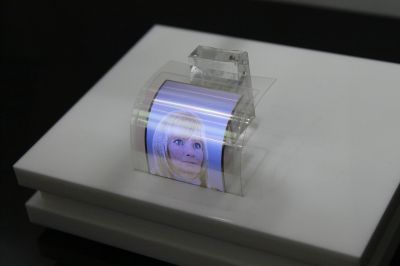The organic light-emitting diode (OLED) technology is attractive for
application in displays and general lighting. It doesn't require mercury
and thus constitutes an environmentally friendly technology that can
lead to energy savings of up to 90 % compared to standard light bulbs. A
conservative estimate is that by 2030 high-efficacy OLEDs could lead to
global energy savings of at least 5-10 % compared to today's levels.
In contrast to inorganic LEDs, OLEDs have a unique planar and ultra-thin design that makes them ideal for structures of any shape and size. However, for OLEDs to be competitive with existing lighting technologies, high efficiencies and lifetimes are crucial.
Technological hurdles have made it difficult to achieve the target efficiency, colour and lifetime required for OLED technology applications. Given the multidisciplinary nature of OLED technology development, optimisation on all involved topics is an expensive and time-consuming process. Modelling tools capable of simulating material properties and devices are increasingly being utilised to accelerate research and development and to overcome remaining fundamental challenges.
In this context, the overall objective of the EU-funded 'Integrated multidisciplinary & multiscale modeling for organic light-emitting diodes' (
IM3OLED) project was to find out how OLEDs can become more efficient. For this purpose, it focused on the development and improvement of multi-scale modelling of OLEDs. The developed software enabled a number of OLED parameters to be simulated and modelled, including molecular calculations, electrical and optical simulation, and 3D optics.
IM3OLED results will impact the research and development of OLEDs for lighting applications and have the capacity to be directly implemented into commercial tools. The multi-billion lighting sector continues to expand. Adding flexibility to OLEDs will create a great number of innovative products and at the same time reduce energy expenditure. Apart from cost, this reduction further translates to lower greenhouse gas emissions and a cleaner environment.

